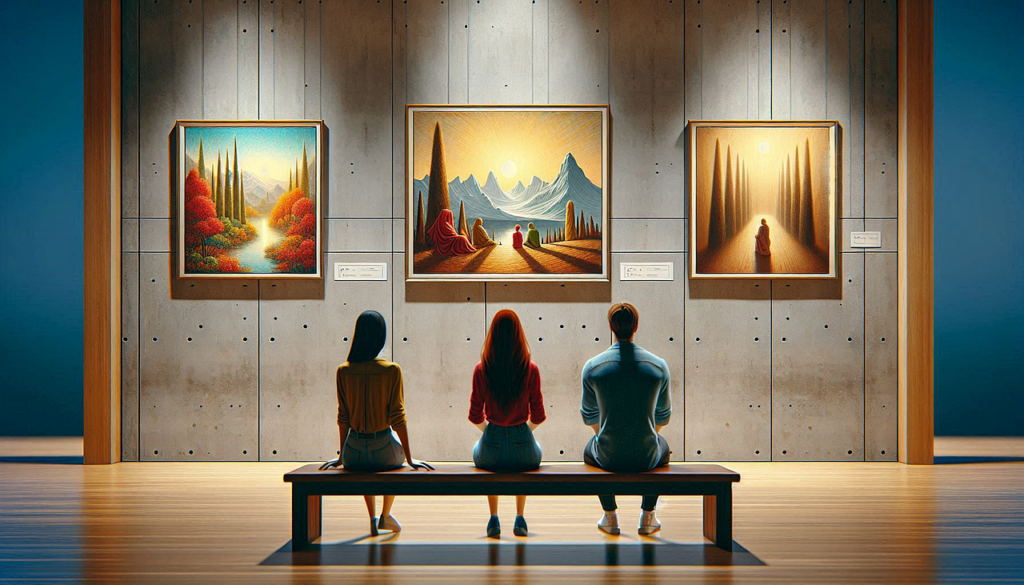Sensory processing
Our brains are constantly bombarded by sensory experiences. We try to make sense of this and give meaning to it.
We do this all the time without even thinking. Then we filter out information all of the time without consciously having to.
For example, until you are reminded, you will have probably forgotten about the feel of your bottom on the chair as you read this! Now you have probably tuned into that sensory information!
Information comes to us (our brains) through all our senses.

Serbian artist Vuk Vučković creates highly detailed panoramas of some of the world’s most famous cities.
Take a look at all of the ‘visual information’ provided in this picture on the artist’s website Wolf Art, which you can access by clicking the following link:
Most of us will study this picture and see a picture of a city (New York). However, many autistic young people are more likely to focus on one or two tiny details, missing ‘the big picture’.
Neurotypical people are more likely to bring all the ‘visual information’ together and respond to questions about what they see with a ‘coherent narrative’ (for example, it’s a picture of New York), whereas someone on the spectrum is more likely to focus on a detail that interests them (for example, they see a helicopter with four blades).
Neither response would be ‘wrong’ but they would be alternative perspectives on the same thing.
Information gained through our senses helps us understand the world around us.